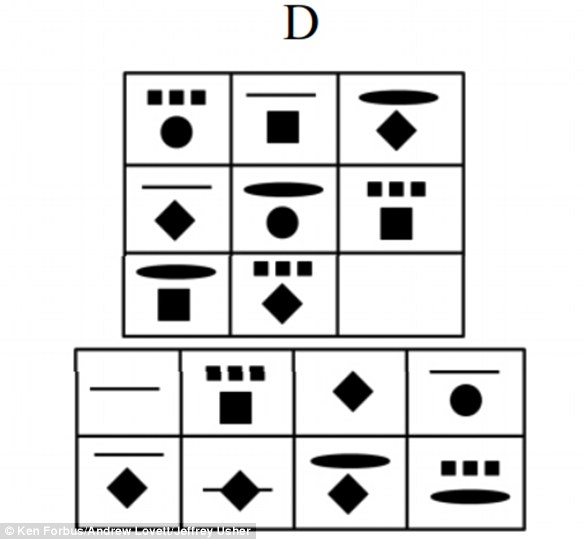Answer: Greebles are images of 3D “creatures” that are used in neuropsychological testing.
Greebles were developed at Yale as a method to evaluate a person's visual recognition ability. Greebles are very similar to one another, and most people have never seen them before, making them a useful novel tool for assessing visual discrimination or even memory.
The fusiform face area is a region of the ventral temporal lobe. It is typically activated when a person sees faces. Interestingly, activation of the fusiform gyrus increases when a person is observing Greebles, indicating that it serves a function in the visual processing of novel objects as well (Activation of the middle fusiform "face area" increases with expertise in recognizing novel objects.) Another interpretation of this activation in the brain region is that some people may interpret the Greeble as a face, just as observed in the psychological phenomenon pareidolia, where nonface stimuli tend to appear as faces.
A recent study indicates that correct identification of greebles might be a useful diagnostic tool for patients who are at risk for developing Alzheimer's disease. Conducted by the University of Louisville, the study assessed 40- and 50-year-old patients who have a family history of Alzheimer's disease, and compared them to age and education matched control subjects. They were given an “odd man out” task. In this behavioral experiment, they are asked to look at four pictures of objects at slightly different angles or orientations. One of the four was not the same as the other three. Both groups performed equally well on recognizing the odd man out when the objects were faces, objects, or places. But the group with the familial risk of Alzheimer's disease performed significantly worse on identifying the odd Greeble. This indicates that a Greeble test might serve as an early diagnostic tool for detection of Alzheimer's disease. (Family History of Alzheimer’s Disease is Associated with Impaired Perceptual Discrimination of Novel Objects.)








